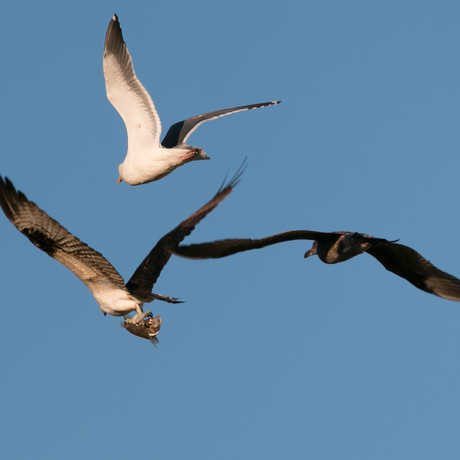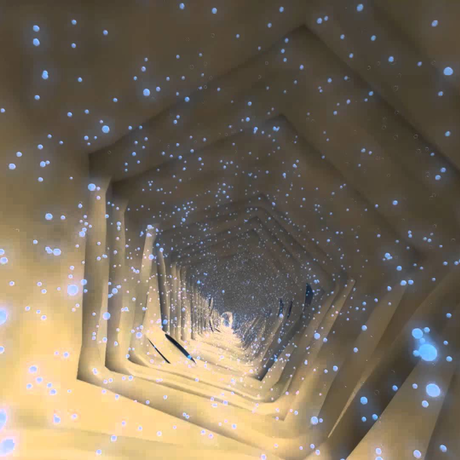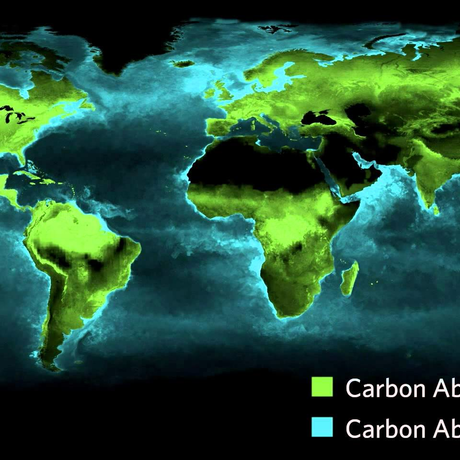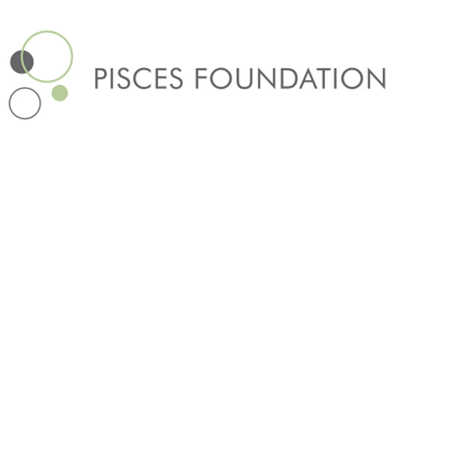Raptor Migration
Understanding species migrations is essential to conservation efforts. Explore how visualizations help researchers and the public protect wild raptors across the globe.
Our Feathered Neighbors
Nature surrounds us, even in a large city or metropolitan area like San Francisco. Learn how the new planetarium show Habitat Earth highlights this biological diversity.
Tiny Bird, Long Migration
Learn how scientists confirmed that the blackpoll warbler - a tiny birds that weighs only twelve grams - migrates incredibly long distances, and makes the trip almost entirely over open ocean.
Unseasonal Migrations
Listen as Jack Dumbacker, Curator of Ornithology & Mammalogy discusses his research on how temperature and other seaosnal factors affect bird migration.
Migratory Birds and AM Radio
How do night-migrating songbirds like European Robins find their way? Using Earth’s magnetic field. But however reliable this feature of our planet may be, the birds’ sense of direction can go a little haywire sometimes.
Pale Male
Pale Male is a red-tailed hawk who first appeared in the early 1990s, enchanting locals and eventually gaining notoriety further afield, as well.
Phytoplankton Blooms
How do phytoplankton blooms affect ecosystems? Learn what causes these potentially toxic blooms and how scientists monitor them to ensure food safety.





